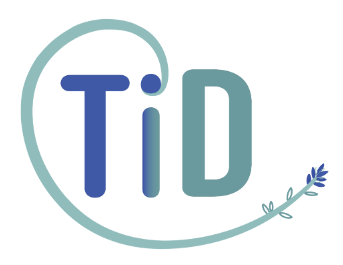Design for human health
My entry into this Master’s program at the Boston Architectural College has affirmed my purpose as an Interior Designer. The intersections of culture, sociology, physiology, and psychology with the built environment is powerfully layered. My design practice is molded from the holistic study that is the DHH program.
Environmental Psychology
The outline:
Intentions for the final project include centering a family of three, single parent of an eight and a fourteen-year-old, who live in Seattle, WA. I pictured the dynamics of the family to include both physical and neurodivergence with attention paid to POC and queer identity. I wanted to capture the design direction that attends to multiple identity intersections, particularly where design has not been historically. Such application would be redefining the “designation” of spaces typically separated by binary gender, cultural sensitivity, and trauma awareness.
In my own design practice, I often think about how to meet the sometimes-opposing needs or values of different users. It is usually in the context of public space, but the same challenge exists in the private home with sometimes more intensity because it is such a personal space. I used this final project to explore the conflict with intentional "desires” from the family that differ to find suggestions for solutions that are thoughtful and equitable. Objectives from the Human Condition, Psychobiology (particularly around neuroplasticity), and Biology of Sensation chapters were the focus as well as development of context to demonstrate a trauma-informed design lens. The concept then was that the family acquired this home through a housing assistance program. I explored the current physical and emotional state of the family and what of this new home will help with healing and safe longevity for them.
I was curious to incorporate the visual of the shelter the family resided in as a context base and then provide a visual of the home that would capture the supportive factors once missing, that are now being addressed. This might include levels of privacy, types of artificial lighting, color choices, and usability of the space, among others. In professional application, I would want to be mindful that this could be a triggering exercise for the family, or how much of my research for this project would be “presented” to them. Only with their continued consent, would that be integrated into the design process.
(Apologies for the audio, I think I did that thing where I was too far away from the microphone and then as I got into a groove got closer. My bad.)
Environment and Behavior
Almost forgot to do the assignment for how into the exhibits I was…queerness celebrated in all kinds of media. Sound was an enveloping part of the exhibits, an intentional demonstration of pride, alongside the powerful images. The class study came out of a notice of (what felt to me) disruption from visitors and it prompted me to ask what kind of space do I expect others to take up by how I perceive them? How does the built environment navigate the experience of marginalization in the viewing experience?
Artist: Bárbara Wagner & Benjamin de Burca “Swinguerra”
ASID TiDK12 Grant and the trauma-informed design society
As an MDS candidate, I was given the opportunity to assist with the building of this evaluation tool to help educators and designers understand their school’s physical environment. In that understanding, design elements can be improved to support student stress and ultimately mitigate the use of disciplinary measures by creating environments intended to heal and restore, not just reprimand. It was a fruitful collaboration with the members of the Trauma-informed Design Society.
Utilizing Miro, we explored the unique languages of educators and designers, and built a tool that could relate to both groups, and bridge gaps in understanding of Education design and the daily experience of educators in these schools.
read the full Tool kit
trauma informed design society logo
The Trauma-informed Design Society, led by J Davis Harte, Janet Roche, and Christine Cowart, was in need of a new logo and updated branding. In close collaboration with Molly Pierce, elements of nature, healing, and progression were key influences to the design. The Fibonacci spiral, the biophilic details along with the cool toned palette and gradation between the T and i of trauma-informed into design were all included to express the transformative process…all symbiotic components to environment restoration and building.










